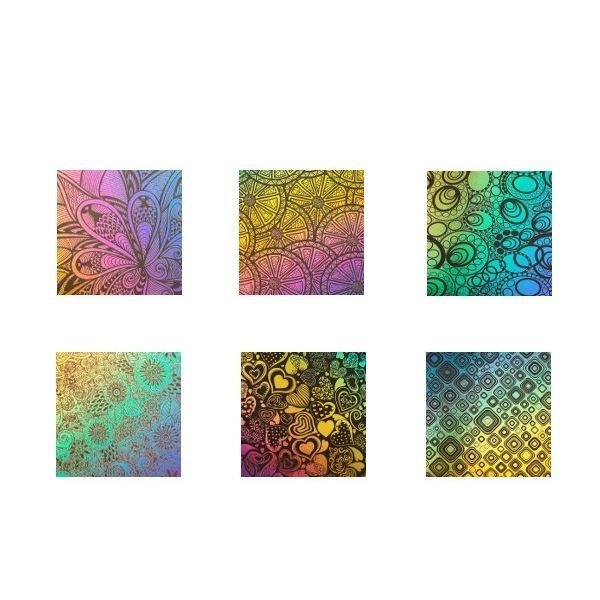
Dichroic glass is a stunning material that captures the beauty of light through its reflective and refractive properties. However, for artists looking to take their dichroic glass creations to the next level, etching can be a transformative technique that adds depth, texture, and a unique visual appeal to the glass. The art of transforming dichroic glass through etching is a process that requires precision, creativity, and a keen eye for design.
Etching dichroic glass involves using a variety of tools and techniques to selectively remove layers of the glass, leaving behind intricate patterns and designs. This process can be done by hand or with the use of a sandblasting machine, depending on the desired effect. Artists often use stencils, masks, and resist materials to create precise etched designs on the surface of the glass. By selectively removing layers of the dichroic coating, artists can reveal the layers of color beneath, creating a dynamic and visually striking effect.
One of the key benefits of etching dichroic glass is the ability to add texture and dimension to the surface of the glass. By selectively removing layers of the dichroic coating, artists can create raised or recessed patterns that add tactile appeal to the glass. This can create a sense of depth and movement in the glass, making it more visually interesting and engaging. Etching can also be used to create a frosted or matte finish on the glass, which can soften the colors and create a more subtle and sophisticated look.
Etching can also be used to create intricate designs and patterns on dichroic glass, adding a level of detail and complexity that is not possible with other techniques. Artists can use etching to create geometric patterns, floral motifs, abstract designs, and more, allowing for endless creative possibilities. By combining etching with other techniques such as fusing, slumping, and shaping, artists can create truly unique and one-of-a-kind pieces that showcase the beauty and versatility of dichroic glass.
Another advantage of etching dichroic glass is the ability to control the amount of light that is reflected and refracted by the glass. By selectively removing layers of the dichroic coating, artists can create areas of transparency that allow light to pass through, creating a luminous and ethereal effect. This can be particularly striking when combined with the highly reflective properties of dichroic glass, creating a dynamic interplay of light and color that is truly mesmerizing.
Etching dichroic glass is a versatile technique that can be used to create a wide range of effects, from subtle and understated to bold and dramatic. Artists can experiment with different etching tools, materials, and techniques to achieve the desired look and feel for their pieces. Whether creating jewelry, home décor, or fine art pieces, etching can add a unique and captivating element to dichroic glass creations that sets them apart from traditional glasswork.
Overall, the art of transforming dichroic glass through etching is a rewarding and creative process that allows artists to explore the full potential of this beautiful and versatile material. By using etching to selectively remove layers of the dichroic coating, artists can add texture, dimension, and intricate designs to their glass creations, creating pieces that are truly works of art. Whether using etching to create subtle patterns or bold statements, artists can unlock the beauty and depth of dichroic glass in ways that are both innovative and inspiring.